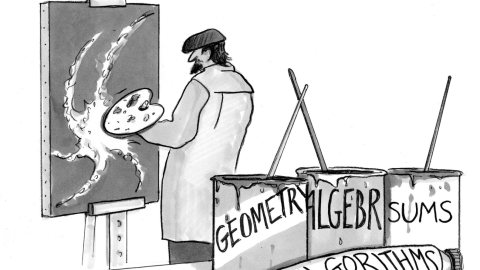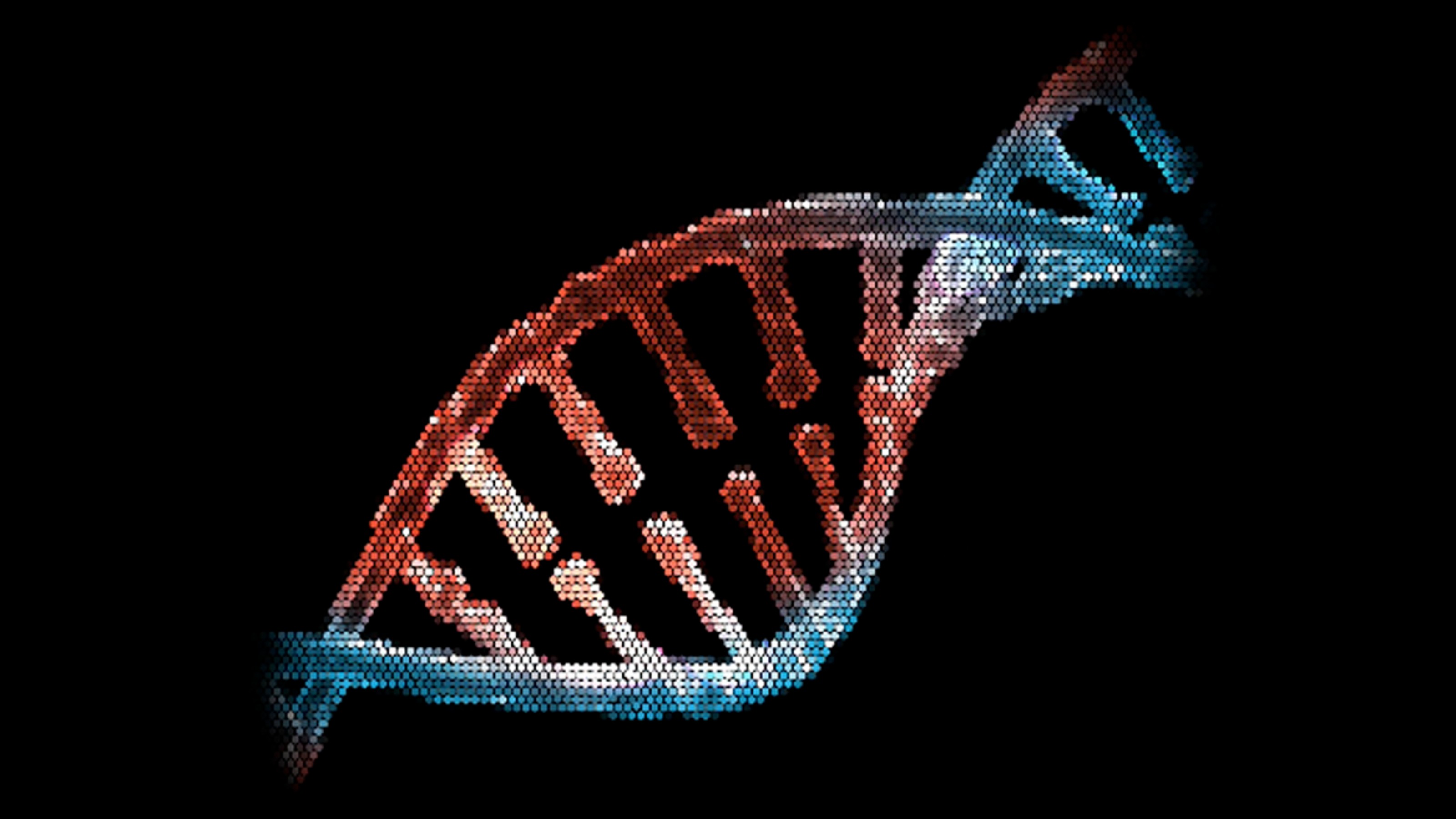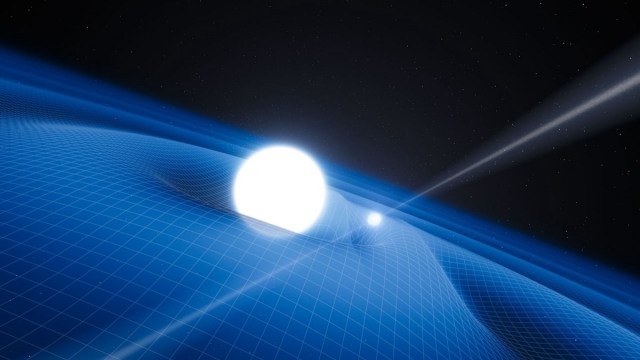Science and Life Are More Algorithm than Math Equation

Recipes for science have a hot new ingredient. It lets science do what recipes can, but equations can’t. It needs better language, but a key shift is afoot.
1. Science mostly frames data in mathematical relationships. But physicists like Joscha Bach are updating that nature “written in mathematics” picture, repainting the universe as “not mathematical, but computational.”
2. “Computation is different from mathematics.” Math mostly isn’t computable ( = unsolvable). But matter computes (it always knows what to do).
3. For Bach, physics is about “finding an algorithm that can reproduce” the data. He calls this computationalism, but “algomorphism” better emphasizes algorithmic structure.
4. Algorithms are detailed instructions, recipes that specify every ingredient and processing step. Beyond Bach’s desire for computability, algorithms can better express critical properties of sequence and conditionality.
5. The algebraic equation language (AEL) that physicists are trained to love has key limitations (classic case “the 3 body problem”).
6. Deeper consequences lurk in AEL’s grammar. X + Y = Y + X, but cart before horse ≠ horse before cart. Sequences often matter (in life, even if not in AEL syntax).
7. Some seek only AEL. Sabine Hossenfelder challenges anyone “to write down any equation … that allows … free will.” Perhaps AEL can’t paint the needed picture?
8. Freeman Dyson says “the reduction of other sciences to physics does not work.” Living cells aren’t best viewed just “as a collection of atoms.”
9. Your bag of atoms, to be you, takes mind-bogglingly complex processes, orchestrating trillions of ingredient atoms (= massively sequential, utterly algorithmic, not algebraic).
10. Biology also needs algorithmic logic because life unavoidably involves choosing (like choosing what to avoid to avoid being eaten). Algorithms provide a language naturally fit to describe choosing. AEL can’t easily express rules like, “If predator, then run; otherwise graze.”
11. Natural selection is itself a meta-algorithm. Likewise economics (~productivity selection) is deeply algorithmic (sadly its modelers mainly write AEL).
12. The universe abounds with algorithms in action. Physics has mostly painted AEL-suited pictures. But life expresses richer logic in its empirical patterns.
13. Choosing is key (as is choosing the right language). Even non-living systems — e.g., computers — embody choosing logic.
14. Babies, of necessity great causality detectors, distinguish two pattern types — physicsy things (=unchoosing) from what’s living (=exhibits “contingency patterns”).
15. What if systems could be described by a “choosing quotient,” CQ, that works sorta like electric charge. Things with electric charge (net charge > 0) do things that things without it don’t. Perhaps CQ > 0 systems can use energy to respond differently than physics’ CQ=0 systems?
16. Causation itself could be pictured as that which enables transitions between algorithmically computable states.
17. AEL can’t usefully paint all empirical patterns. Algorithms provide a richer palette.
—
Illustration by Julia Suits, The New Yorker cartoonist & author of The Extraordinary Catalog of Peculiar Inventions





